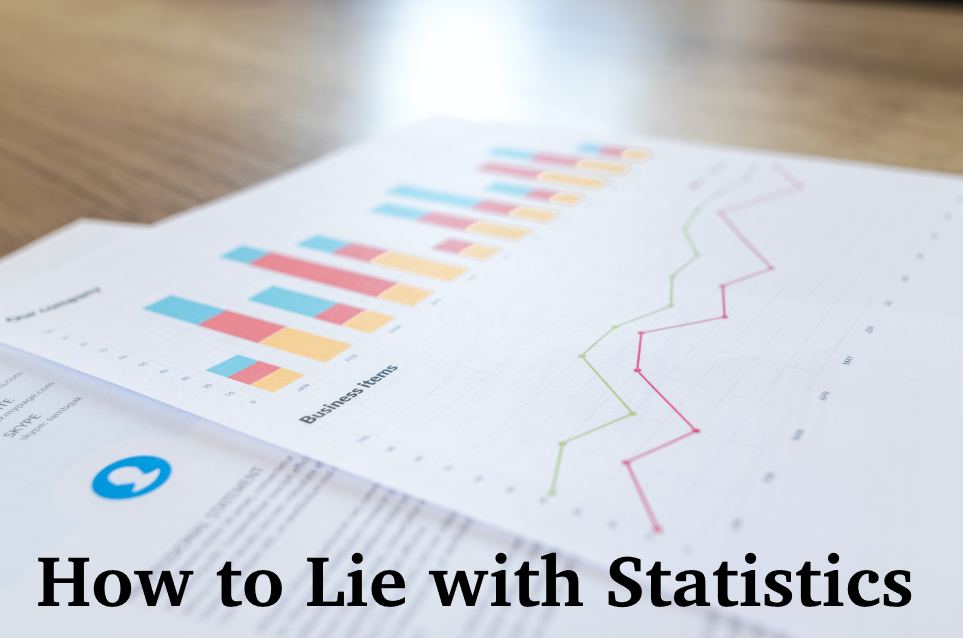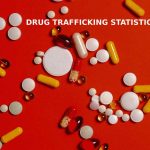Learn how statistics can be manipulated to deceive and mislead, using real-life examples and case studies
Statistics play a significant role in shaping our perceptions and beliefs. However, sometimes these numbers can be misleading, even when presented by reputable sources. In this article, we will delve into the art of lying with statistics, using examples and case studies to illustrate how data can be manipulated to support an agenda. Our goal is to help you become a better-informed consumer of information, capable of recognizing deception when it’s hidden in plain sight.
Misleading Graphs
Visuals are a powerful tool for communicating information, but they can also be used to deceive. In our blog post on misleading graphs, we discuss several ways that graphs can be manipulated to tell a different story than the data suggests. One common technique is to alter the scale of the y-axis, creating an exaggerated or minimized representation of the data.

Learn How to Lie with Statistics
The above shows a classic example of this, where a seemingly dramatic increase in sales is revealed to be much less significant when the scale is adjusted.
Cherry-Picking Data
Cherry-picking is another way to manipulate statistics, as demonstrated in our [Internal Link 2] article on the topic. By selectively presenting only a portion of the data, one can create a narrative that supports their argument while ignoring contradictory evidence. A famous case study, documented by [External Source 1], examines the correlation between ice cream sales and shark attacks. While the two variables appear to be related, this is actually due to a confounding variable: warm weather, which increases both ice cream sales and beach attendance (and thus, shark attacks). This example demonstrates how cherry-picking data can lead to misleading conclusions.
Misrepresenting Averages
Averages, such as mean, median, and mode, are often used to summarize data. However, they can be manipulated or misrepresented to create a misleading impression. For instance, a company might report that the average salary of its employees is $80,000 per year. While this number seems impressive, it could be skewed by a few high earners, such as executives, which might conceal the fact that most employees earn much less. In this case, using the median salary (the middle value when all salaries are arranged in ascending order) would provide a more accurate representation of the typical employee’s income.
Correlation vs. Causation
Another way to lie with statistics is to confuse correlation with causation. Just because two variables are correlated does not mean that one causes the other. A famous example involves the correlation between the number of people who drowned in swimming pools and the number of films that actor Nicolas Cage appeared in each year. While the data shows a correlation, it’s absurd to assume that Cage’s acting career caused the drownings. This example highlights the importance of not jumping to conclusions based on correlations alone, as there could be other factors at play or the relationship could be purely coincidental.
Percentages and Relative Change
Percentages can be used to either exaggerate or downplay changes in data. For example, if a small business experiences an increase in revenue from $10,000 to $20,000, one could say that sales grew by 100%. While technically accurate, this percentage may create a more dramatic impression than the actual dollar increase. Conversely, if a large company’s revenue increased from $10 million to $10.5 million, the growth could be described as just 5%, even though the actual increase is $500,000. In both cases, the use of percentages can lead to a distorted understanding of the underlying data.
Omitting Context
Leaving out crucial context can also be a way to lie with statistics. For example, a report might claim that a city has seen a 50% increase in crime over the past year. While this statistic might sound alarming, it could be misleading if the overall crime rate was initially very low. Additionally, without information on factors such as population growth, economic conditions, or changes in law enforcement practices, the statistic fails to provide a complete picture of the situation, which could lead to false conclusions.
Survivorship Bias
Survivorship bias occurs when data is drawn from a non-random sample, often excluding instances of failure. For instance, consider an analysis of successful companies in a particular industry. If the study only includes companies that have survived, it might overlook the factors that led to the failure of other businesses in the same industry. As a result, the conclusions drawn from the analysis may be biased and unrepresentative of the entire population, leading to potentially flawed decision-making.
Understanding how statistics can be manipulated is crucial in today’s information-rich world. By recognizing these deceptive tactics, you can better evaluate the information presented to you and make more informed decisions. If you’d like to continue learning about the world of data and how to interpret it responsibly, sign up for our newsletter and never miss an update.
Remember, a healthy dose of skepticism and critical thinking can go a long way in helping you navigate the complex world of statistics!



